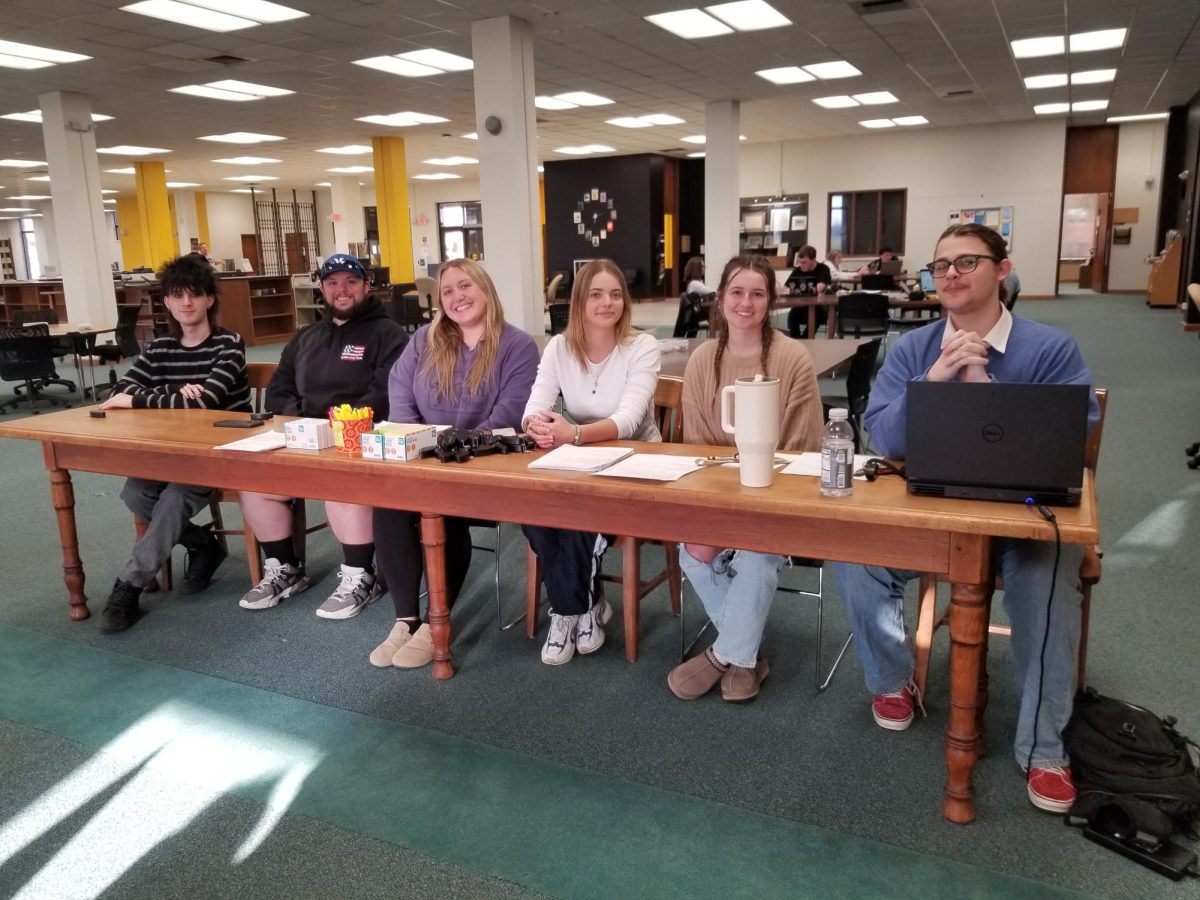By Marissa Wetterau, Sports Editor
Rare Disease Day takes place on the last day of February every year. This year, it will take place on Feb. 29.
Any type of uncommon disease in the United States is usually defined as, “Rare in the USA when it affects fewer than 200,000 Americans at any given time,” as stated on raredisease.org. Roughly 80% of rare diseases have identified genetic origins, while others are the result of infections (bacterial or viral), allergies and environmental causes, or are degenerative and proliferative. 50% of rare diseases are inflicted upon children. One single rare disease may end up only affecting a handful of people and another may touch as many as 245,000. In the European Union, as many as 30 million people alone may be affected by over 6,000 rare diseases that exist today.
The purpose of Rare Disease day is to raise awareness of their impact on patients’ lives. This campaign mainly focuses on the general public, but it also seeks to raise awareness amongst policy makers, health professionals, and really anyone that has an interest in rare diseases.
The European Organization first launched this day for Rare Diseases (EURORDIS) and its Council of National Alliances in 2008. Thousands of events have taken place throughout the world, reaching hundreds of thousands of people and resulting in a great deal of media coverage. EURORDIS is the voice of 30 million people affected by rare diseases throughout Europe. EURORDIS is a non-governmental patient-driven alliance of organizations and individuals active in the field of rare diseases in Europe.
This campaign started as a European event that has progressively become a world phenomenon, with the USA joining in 2009. There are now over 80 countries throughout the world participating. Hundreds of cities continue to take part in Rare Disease day and EURORDIS hopes even more will join in 2016. There are even some countries that have decided to raise rare disease awareness further.
The lack of scientific knowledge and quality information on the disease often results in a delay in diagnosis. Also, the need for appropriate quality health care causes difficulties in access to treatment and care. This often results in heavy social and financial burdens on patients.
To learn more about specific diseases, you may visit the nurse’s office in Shaw Hall, room 019 by Campus Police.
Photo by raredisease.org







